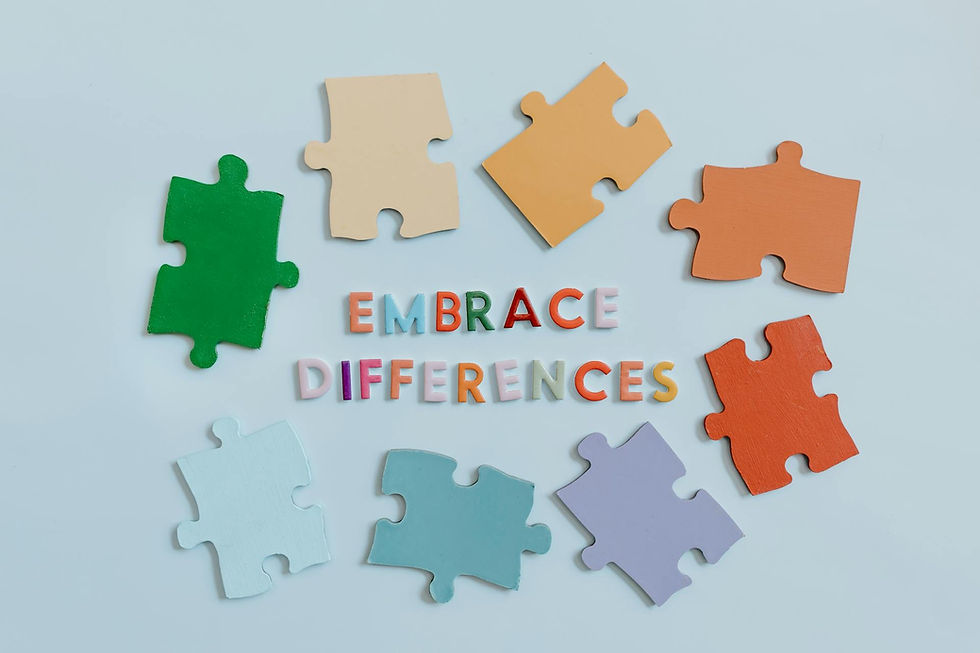Neurodiversity and Spirituality: A Holistic Path to Connection
- Seven Senses

- Jun 14
- 2 min read
Neurodiversity celebrates the many ways human brains are uniquely wired, recognising that conditions such as autism, ADHD, dyslexia, and sensory processing differences are not deficits to be “fixed,” but natural variations of experience.
Spirituality, in its broadest sense, is about connection- whether to ourselves, to others, to nature, or to a higher consciousness.
When we explore the intersection of neurodiversity and spirituality, we uncover a deeply enriching perspective that honours individuality, inner wisdom, and the power of sensory experience in personal growth.

The Sensory World as a Gateway to Spiritual Connection
For many neurodivergent individuals, sensory perception is heightened or experienced in a unique way. While this can bring certain challenges, it can also deepen a connection to the present moment and open a door to spiritual or energetic awareness.
Some key ways neurodiversity and spirituality intertwine include:
Deep Sensory Awareness
Many neurodivergent people have an innate sensitivity to sound, light, texture, or energy. This heightened perception can lead to profound moments of connection with nature, music, or sacred environments- creating rich, embodied spiritual experiences.
Repetitive Movements as Meditation
Stimming- such as rocking, humming, or hand-flapping- is a natural self-regulation tool. Interestingly, many spiritual traditions use similar rhythmic practices (chanting, dancing, breathwork) to bring about calm, trance states, or transcendence. What soothes the nervous system can also awaken the spirit.
Unique Cognitive Processing
Neurodivergent minds often think in patterns, visuals, or deep conceptual frameworks. This way of processing can offer fresh insights into abstract spiritual concepts like interconnectedness, purpose, and the mystery of being.
Heightened Empathy or Intuition
Some individuals experience emotional or energetic intuition on a deep level- feeling the emotions of others or sensing subtle shifts in a space. This sensitivity can foster strong spiritual insight, compassion, and connection to something greater than the self.
Challenges in Traditional Spiritual Spaces
While spirituality can be a powerful source of grounding and comfort, many traditional spiritual or religious environments are not always designed with neurodiversity in mind.
Busy, overstimulating settings
Rigid rituals or expectations
Lack of sensory accommodations
Pressure to conform socially or verbally
These barriers can make it difficult for neurodivergent individuals to fully participate in or benefit from spiritual practices.
Creating inclusive spiritual spaces means allowing room for movement, silence, alternative communication, and freedom to engage in a way that honours the individual.
Embracing a Holistic Approach
Neurodiversity reminds us that there is no single “right” way to experience the world- just as spirituality teaches us that there are many paths to peace and understanding. When we embrace a holistic approach that honours both neurodivergent experiences and spiritual exploration, we create space for everyone to feel seen, valued, and connected
Supporting Sensory & Spiritual Growth
At Seven Senses, we believe that sensory connection is a powerful pathway to inner calm and spiritual clarity. Our products and practices are designed with neurodivergent minds and bodies in mind- offering gentle, intuitive rituals that support emotional regulation, mindful presence, and deeper self-awareness.
Whether you're exploring your spirituality, navigating life with a differently-wired brain, or simply seeking tools for calm and connection, our collection is here to support your unique path.
Every soul, in all its uniqueness, is worthy of peace, connection, and belonging.
Explore the collection to begin your sensory ritual and reconnect- body, mind, and spirit.

Comments